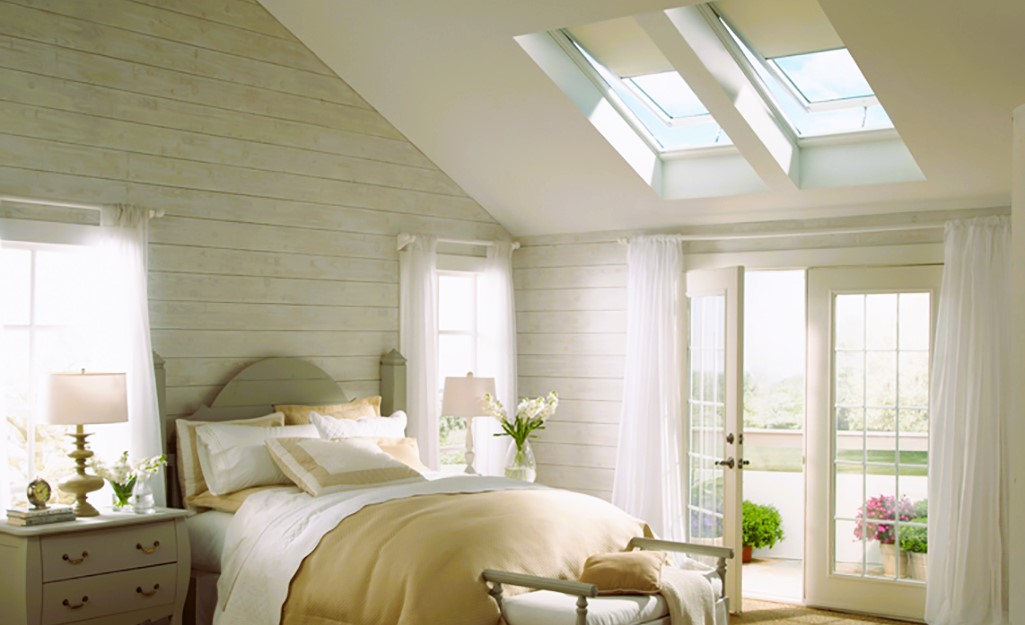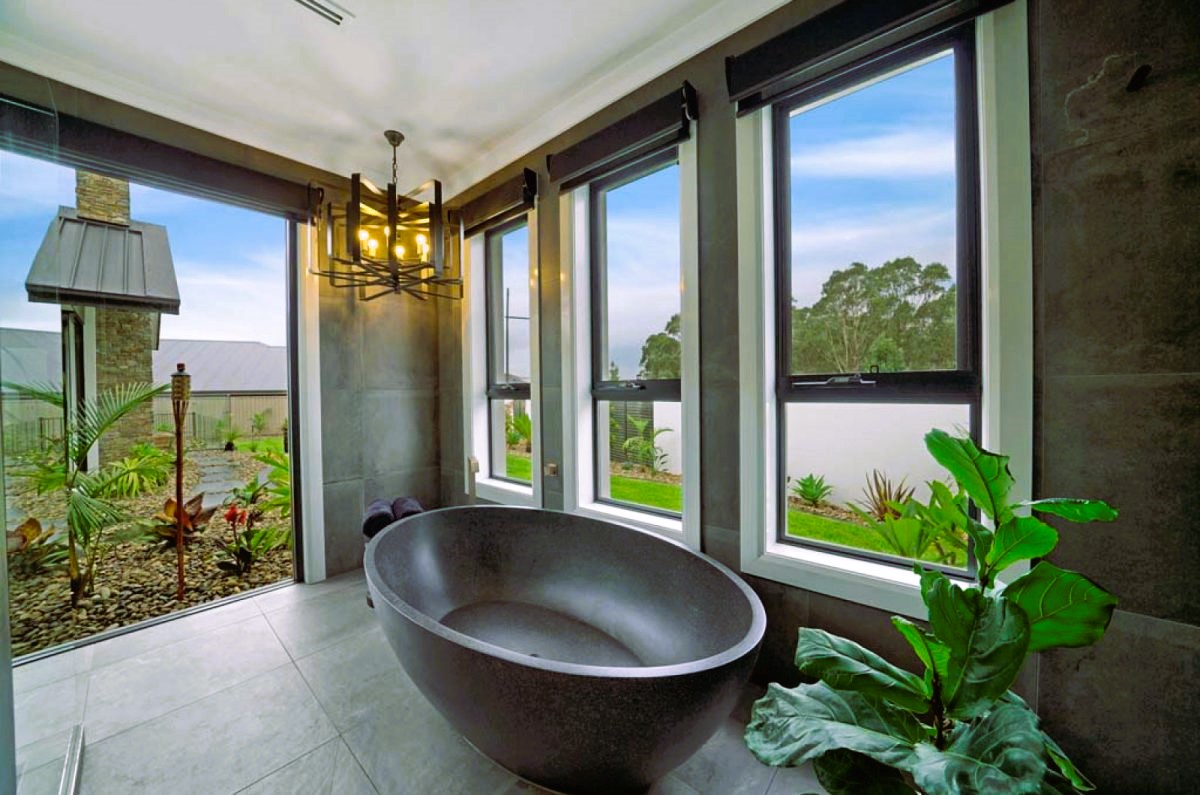Window handles play a crucial role in the functionality and design of windows. These seemingly small components serve as the primary means of operating windows, allowing users to open, close, and secure them. However, their significance extends beyond mere functionality, as window handles also contribute to the overall aesthetic appeal and style of windows. In this article, we will explore the importance of window handles in both functionality and design.
Functionality:
Window handles are essential for the proper operation of windows. They provide a means of controlling the movement of window sashes, enabling users to open and close windows with ease. The design and mechanism of window handles vary depending on the type of window, such as casement, sliding, or awning windows.
One of the key aspects of functionality is ergonomics. Window handles should be designed in a way that allows for comfortable and effortless operation. They should be easy to grip and manipulate, ensuring smooth and efficient window operation. Moreover, the size and placement of window handles should be considered to accommodate users of different ages and abilities, including children, elderly individuals, and people with disabilities.

Window handles also play a crucial role in window security. Many modern window handles are designed with locking mechanisms to enhance the safety and security of homes and buildings. These locking mechanisms prevent unauthorized access and provide peace of mind to homeowners.
Design:
In addition to their functional role, window handles contribute to the overall design and aesthetics of windows. They are available in a wide range of styles, materials, and finishes, allowing homeowners and architects to choose handles that complement the architectural style and interior design of a building.
Window handles can be sleek and minimalist, adding a touch of modernity to contemporary spaces. Alternatively, they can be ornate and decorative, blending seamlessly with traditional or vintage designs. The choice of handle design can significantly impact the visual appeal of windows, enhancing the overall look and feel of a room or building. which of the materials of window frames is right for you, more details here.
Materials such as metal, wood, and plastic are commonly used for window handles. Each material offers unique characteristics in terms of durability, aesthetics, and maintenance. For instance, metal handles provide a sleek and contemporary look, while wooden handles add warmth and a natural touch. Plastic handles, on the other hand, are lightweight and easy to clean.

It is also important to consider the finish of window handles. Handles can be finished in various ways, such as polished, brushed, or coated with different colors or textures. The choice of finish can help achieve a desired visual effect, whether it’s a glossy and modern appearance or a rustic and aged look.
Conclusion:
Window handles play a significant role in both the functionality and design of windows. They enable users to operate windows easily and provide essential security features. Moreover, window handles contribute to the overall aesthetic appeal of windows and can enhance the interior and exterior design of buildings. With the wide variety of styles, materials, and finishes available, homeowners and architects have the flexibility to choose window handles that align with their functional needs and design preferences. So, the next time you open or close a window, take a moment to appreciate the small yet vital role that window handles play in the functionality and design of your windows.







